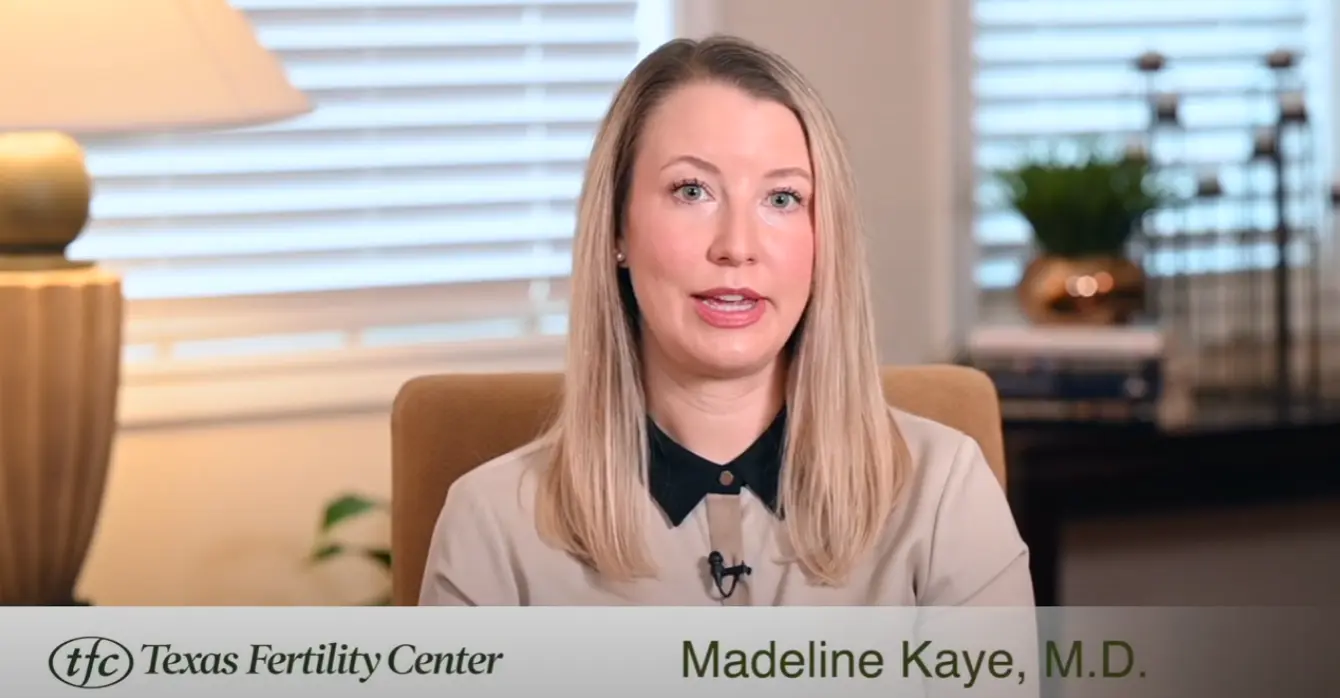
Surgical evaluation of infertility may help you on your path to parenthood
We know that surgery isn’t something that most people want to have. However, it can help some patients on their journey to have a baby. Surgical evaluation of infertility allows our Austin fertility surgeons to see your reproductive organs in a way that they otherwise couldn’t. This allows them to diagnose infertility and often treat the problem during the same procedure.
Most of the time, our team can use one of two minimally invasive techniques, including laparoscopy and hysteroscopy. Both of these techniques make fertility surgery easier and more effective than ever.
Laparoscopy only involves a few tiny incisions to diagnose and treat infertility
Laparoscopy is an outpatient procedure, which involves a surgeon making two to three small incisions in the belly button and lower abdomen. After making the incisions, the surgeon will inflate the abdomen with carbon dioxide. Doing so allows the abdominal and pelvic organs to separate from each other, so that the doctor has a better view and more space to work.
At this point, the surgeon places an operative telescope (laparoscope) through the belly button incision. This tiny but effective instrument allows the doctor to view the pelvic cavity, including the uterus, fallopian tubes and ovaries. As a result, this technique is a great option for surgical evaluation of infertility.
If during your procedure one of our Austin fertility surgeons notices certain issues, your doctor can treat them at that time. For example, your doctor can remove endometriosis, ovarian cysts or adhesions (scar tissue).
Most laparoscopic procedures take one to two hours to complete. After the surgery, you will spend a few hours recovering before we discharge you home with pain medications. Your doctor will typically recommend that you rest for a few days after the surgery.
We typically recommend laparoscopy for patients who have severe cramping with their periods, painful intercourse or a history of pelvic or abdominal surgery. We also recommend this procedure to patients who have any abnormality on their physical exam, HSG or ultrasound.
Hysteroscopy is another type of surgical evaluation of infertility
Hysteroscopy uses a thin camera like a laparoscopy. However, a hysteroscopy doesn’t involve incisions. Instead, the surgeon places the camera through the vaginal opening into the uterus. A small amount of fluid is placed in the uterus to allow the surgeon to view the uterine cavity.
If your doctor finds any fibroids, polyps or scar tissue while they diagnose infertility, they can remove these growths. Our Austin fertility surgeons can also correct many uterine abnormalities during this procedure.
After surgery, you will spend a few hours in the recovery area before discharge. Typically, you will make a full recovery within 24 to 48 hours.
We often recommend hysteroscopy to patients who have any intrauterine abnormality on an ultrasound or HSG. We also recommend it for patients who have persistent spotting before their period and a thin mid-cycle uterine lining. It can also be an option for patients who have previously failed to conceive with IVF despite a normal stimulation and good quality embryos.
If you’d like to learn more about surgical evaluation of infertility, contact us to schedule an appointment. We can help you learn more about how these options can help your doctor treat and diagnose infertility.












